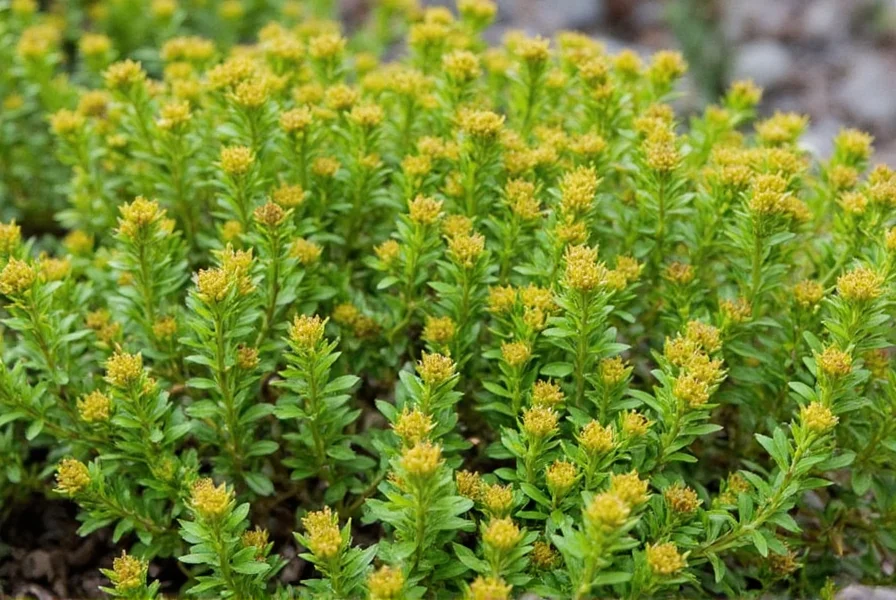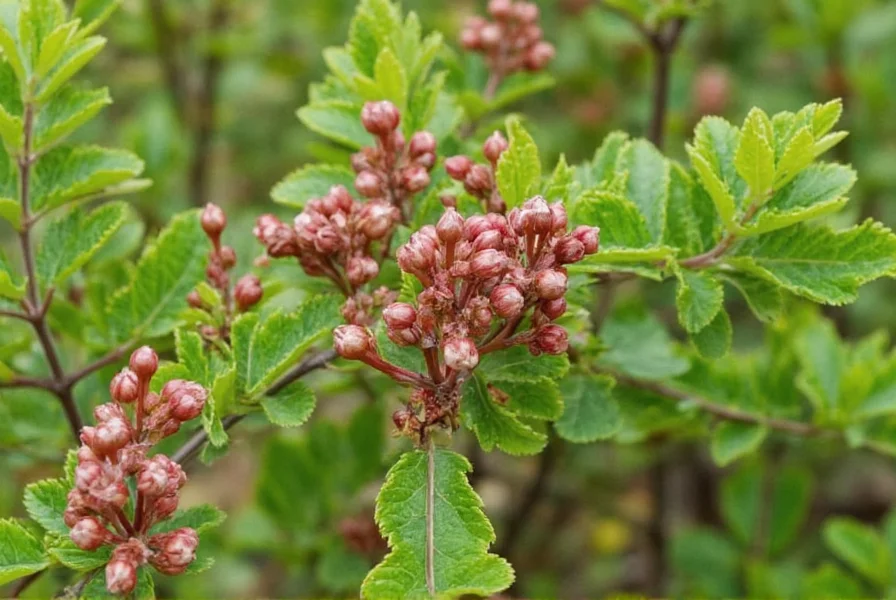The anise shrub (Illicium spp.) refers primarily to ornamental evergreen plants in the Illicium genus, notably Illicium anisatum (Japanese anise) and Illicium floridanum (Florida anise). These are distinct from true anise (Pimpinella anisum) and star anise (Illicium verum). While some species contain toxic compounds, others have traditional medicinal uses. Anise shrubs thrive in USDA hardiness zones 7-9, preferring partial shade and acidic, well-draining soil with consistent moisture.
Many gardeners confuse the term "anise shrub" with culinary anise plants, but understanding the botanical distinctions is crucial for safe cultivation and use. This comprehensive guide clarifies the characteristics, growing requirements, and practical applications of genuine anise shrubs while addressing common misconceptions.
Understanding Anise Shrub Terminology
The term "anise shrub" creates frequent confusion in horticultural circles. True anise (Pimpinella anisum) is an annual herb in the Apiaceae family, while star anise (Illicium verum) belongs to the Schisandraceae family. The plants commonly called "anise shrubs" are actually members of the Illicium genus, which includes approximately 40 species of flowering evergreen shrubs and small trees.
Illicium floridanum, native to the southeastern United States, features glossy leaves that emit an anise-like fragrance when crushed. Illicium anisatum, native to Japan, contains toxic compounds including anisatin and should never be consumed. This critical distinction between edible and toxic species makes proper identification essential for gardeners and foragers alike.

Botanical Characteristics and Identification
Anise shrubs typically grow 6-12 feet tall with a rounded, dense habit. Their lance-shaped leaves (2-5 inches long) arrange alternately on stems and release a distinctive anise scent when bruised. The unusual flowers appear spring through early summer, featuring 3 sepals and 15-20 tepals in creamy yellow to red hues. Unlike star anise, anise shrub fruits don't form the characteristic star shape but rather cluster in a whorl.
| Species | Native Region | Height | Toxicity | Hardiness Zones |
|---|---|---|---|---|
| Illicium floridanum | Southeastern US | 6-12 ft | Mildly toxic | 7-9 |
| Illicium anisatum | Japan | 10-15 ft | Highly toxic | 8-10 |
| Illicium parviflorum | Southeastern US | 8-10 ft | Non-toxic | 7-9 |
Growing Requirements for Anise Shrub
Successful anise shrub cultivation requires attention to specific environmental conditions. These plants prefer partial shade, particularly protection from harsh afternoon sun, though they tolerate full sun in cooler climates with adequate moisture. The ideal soil pH ranges from 5.0 to 6.5 (acidic), with excellent drainage being paramount to prevent root rot.
When establishing anise shrub care requirements, maintain consistent soil moisture without waterlogging. Mulching with pine straw or shredded bark helps retain moisture and maintain soil acidity. These slow-growing plants benefit from annual applications of acid-forming fertilizer in early spring. Proper anise shrub pruning techniques involve minimal intervention—only remove dead or damaged branches immediately after flowering.
Practical Applications and Safety Considerations
Gardeners primarily value anise shrubs for their ornamental qualities: evergreen foliage, unique flowers, and pleasant fragrance. While some traditional medicine systems have used certain Illicium species, significant safety concerns exist. Illicium anisatum contains potent neurotoxins that can cause severe neurological symptoms, while even Illicium floridanum may cause mild gastrointestinal distress if ingested.
Never substitute anise shrub for culinary star anise (Illicium verum), which is the only edible species in the genus. The visual differences are subtle but critical: edible star anise forms distinct 8-pointed stars, while toxic species produce irregular fruit clusters. For those interested in growing anise shrub in garden settings, focus on its landscape value rather than culinary applications.
Common Challenges in Anise Shrub Cultivation
Anise shrubs generally resist most pests but face several cultivation challenges. Chlorosis (yellowing leaves) typically indicates improper soil pH, while leaf drop suggests either underwatering or poor drainage. In colder zones, winter burn may occur when temperatures drop below the plant's hardiness range.
Preventative care represents the most effective anise shrub care strategy. Apply winter mulch in zone 7 gardens, maintain consistent moisture during dry periods, and avoid high-nitrogen fertilizers that promote vulnerable new growth before winter. For gardeners seeking alternatives with similar fragrance but fewer risks, consider growing true anise (Pimpinella anisum) as an annual herb.

Conclusion: Making Informed Choices
Understanding the distinctions between various "anise" plants prevents potentially dangerous confusion. When researching anise shrub identification, prioritize botanical accuracy over common names. For gardeners in appropriate hardiness zones, these plants offer unique ornamental value with relatively low maintenance requirements when provided proper soil conditions and partial shade.
Frequently Asked Questions
Is anise shrub the same as star anise?
No, anise shrub (Illicium floridanum or Illicium anisatum) is different from star anise (Illicium verum). While all belong to the Illicium genus, star anise is the only edible species used in cooking. Anise shrubs are primarily ornamental, and some species like Illicium anisatum are highly toxic.
Can you eat anise shrub leaves or berries?
No, you should not consume anise shrub parts. Illicium anisatum contains dangerous neurotoxins, and even Illicium floridanum may cause mild gastrointestinal issues. Only Illicium verum (star anise) is safe for culinary use. The visual differences between species are subtle, making positive identification essential before any consumption.
What are the ideal growing conditions for anise shrub?
Anise shrubs thrive in USDA hardiness zones 7-9 with partial shade (especially protection from afternoon sun), acidic soil (pH 5.0-6.5), and consistent moisture with excellent drainage. They prefer organic-rich soil amended with pine bark and benefit from mulching to maintain soil moisture and acidity. Avoid full sun exposure in hot climates without supplemental watering.
How do you identify a true anise shrub?
True anise shrubs (Illicium spp.) have glossy, lance-shaped leaves that emit an anise-like fragrance when crushed. They produce unusual flowers with 3 sepals and numerous tepals in creamy yellow to red hues, followed by fruit clusters (not star-shaped like edible star anise). The plants grow as dense, rounded evergreen shrubs 6-15 feet tall depending on species. Proper identification requires examining leaf arrangement, flower structure, and growth habit.
When should you prune anise shrub?
Prune anise shrubs immediately after flowering concludes in late spring or early summer. These slow-growing plants require minimal pruning—only remove dead, damaged, or crossing branches. Avoid heavy pruning as anise shrubs don't regenerate well from old wood. For shaping, make cuts just above leaf nodes to encourage bushier growth without compromising the plant's natural form.











 浙公网安备
33010002000092号
浙公网安备
33010002000092号 浙B2-20120091-4
浙B2-20120091-4